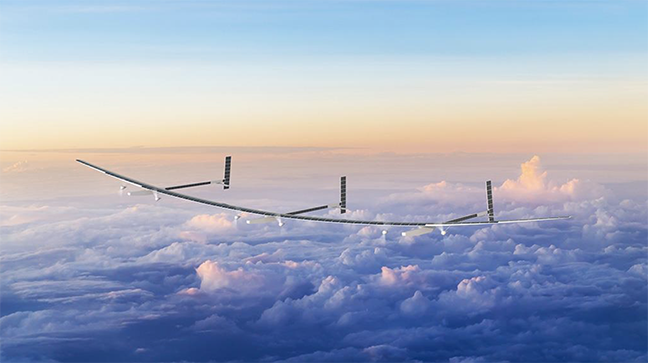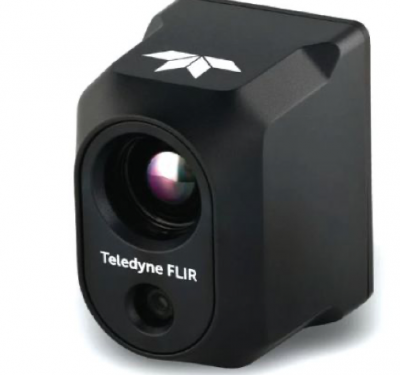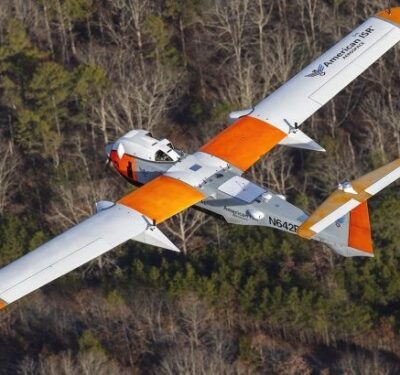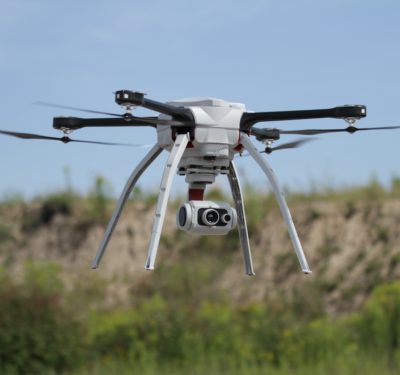
Aurora Flight Sciences recently introduced Odysseus, a solar-powered autonomous aircraft.
The aircraft is described as an “ultra-long endurance, high-altitude platform,” according to a news release. The solution is built with lightweight materials and uses advanced solar cells, giving it the ability to “effectively fly indefinitely.”
The Daedalus Project, which set records in distance and for human-powered flight in 1988 with a 72-mile flight between the Greek islands of Crete and Santorini, served as the inspiration for the aircraft. The project was organized and led by Aurora President and CEO John Langford and other MIT colleagues who later founded Aurora.
“Aurora was founded by the idea that technology and innovation can provide powerful solutions to tough problems that affect all of humankind. Odysseus was an idea born out of Daedalus that is now a real solution to advancing the important research around climate change and other atmospheric chemistry problems,” Langford said, according to the release. “Odysseus offers persistence like no other solar aircraft of its kind, which is why it is such a capable and necessary platform for researchers. Odysseus will indeed change the world.”
The aircraft can persistently and autonomously remain on station, enabling communication and data gathering over a specific location. It can carry a large payload, making it possible to complete more missions and to gather better data, and has a greater year-round global operating zone than similar vehicles. The system also can receive payload and hardware options and can be customized, re-tasked and re-located as needed.
The system’s payload capacity makes it possible to provide weather and climate researchers with long-term, high-resolution observation capabilities. The platform can measure vegetation, ice coverage and flow rates, and ground moisture. The system also makes weather and storm monitoring more affordable during peak seasons, as well as more accurate. The solution is also well suited for a variety of other missions, including operations across communication, connectivity and intelligence.
The first flight is scheduled for spring of 2019.






